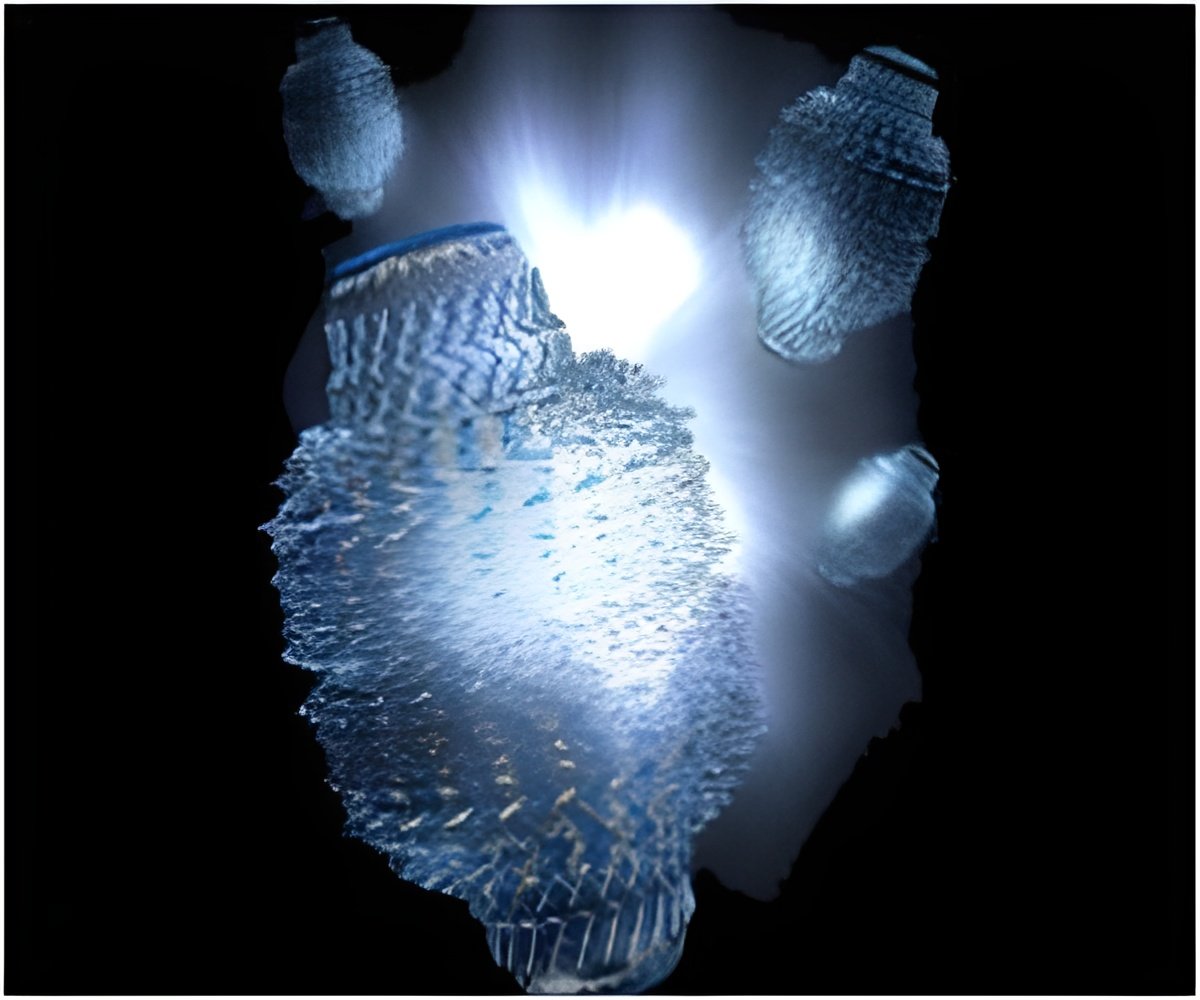
The researchers point out that point-of-care medical diagnostics is an important part of healthcare today because it provides timely information to medical staff caring for patients as well as ensuring blood transfusion safety and providing useful surveillance data for emergency public health intervention as well as long-term public health strategies. Various studies, including one from the Bill and Melinda Gates Foundation and the National Institutes of Health (NIH) have emphasized repeatedly the importance of point-of-care diagnostics. As such, researchers the world over are searching for the insights and the technology to make simple, portable, and effective diagnostic devices to meet this need.
The Austrian team has developed a novel immunoassay for gold or palladium nanoparticles that are captured via immune-reactive proteins and positioned as a thin layer just a few nanometers above a light reflective surface. The nanoparticles and the mirror form an interference system the color of which can be tuned across the visible light spectrum. A microfluidic system - a so-called lab-on-a-chip - takes in a sample. If the target biomolecule, the disease marker, is present it will attach to the modified nanoparticles and cause a visible color change.
The addition of a silver colloidal solution enhances the effect making the metallic color change even more apparent. The tests can be performed in the clinic in just two to three minutes and importantly avoids any medical laboratory bottlenecks and incubation times for samples. The team reports that the tests are highly accurate and sensitive to a mere half a millionth of a milligram (500 picograms) per milliliter of sample. The nanoparticle test works even if the sample is cloudy.
Source-Eurekalert







